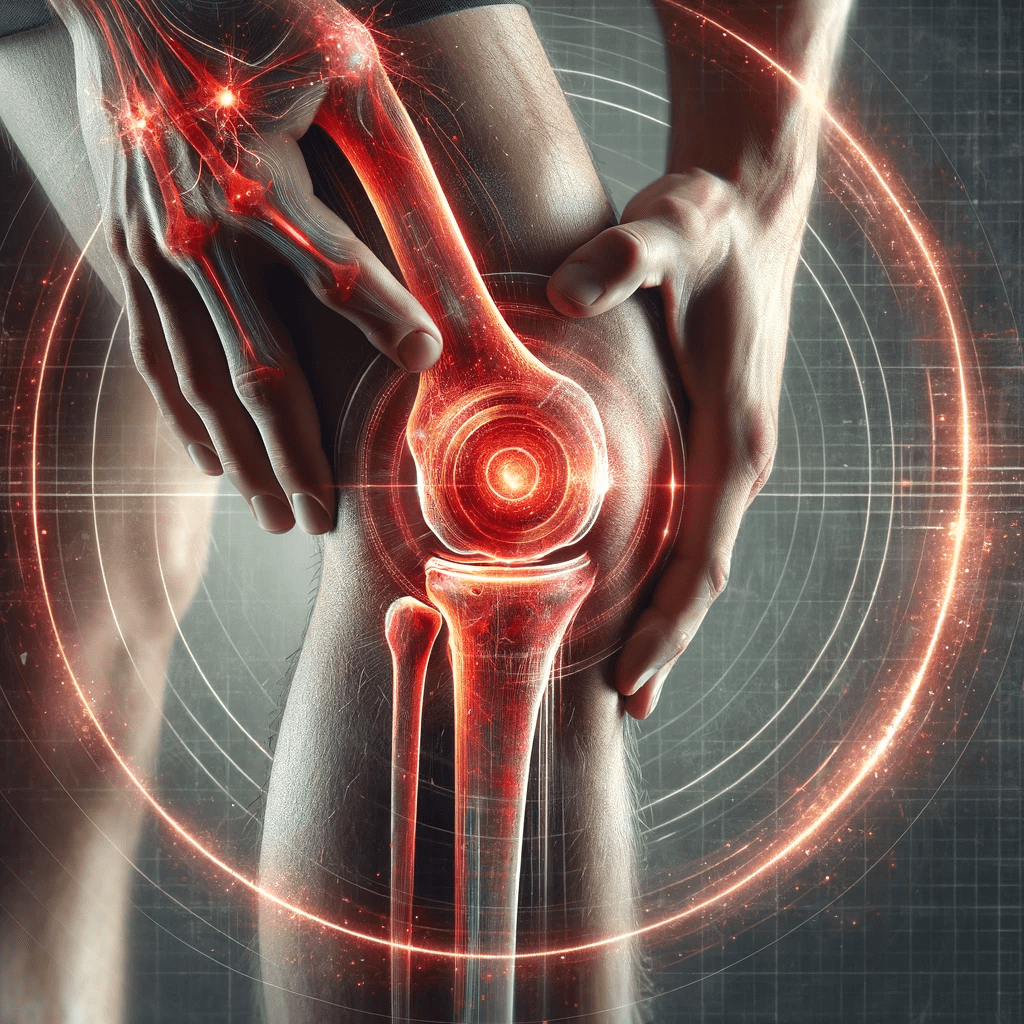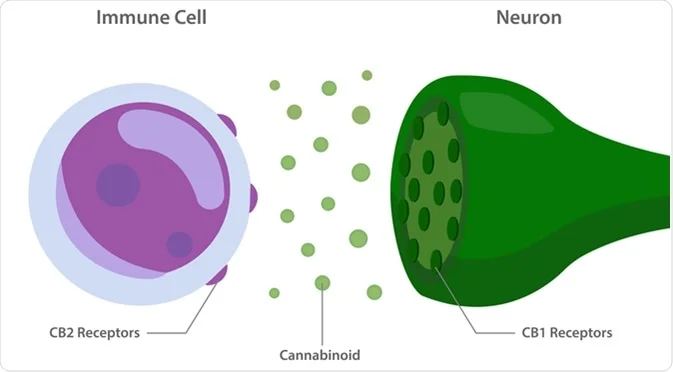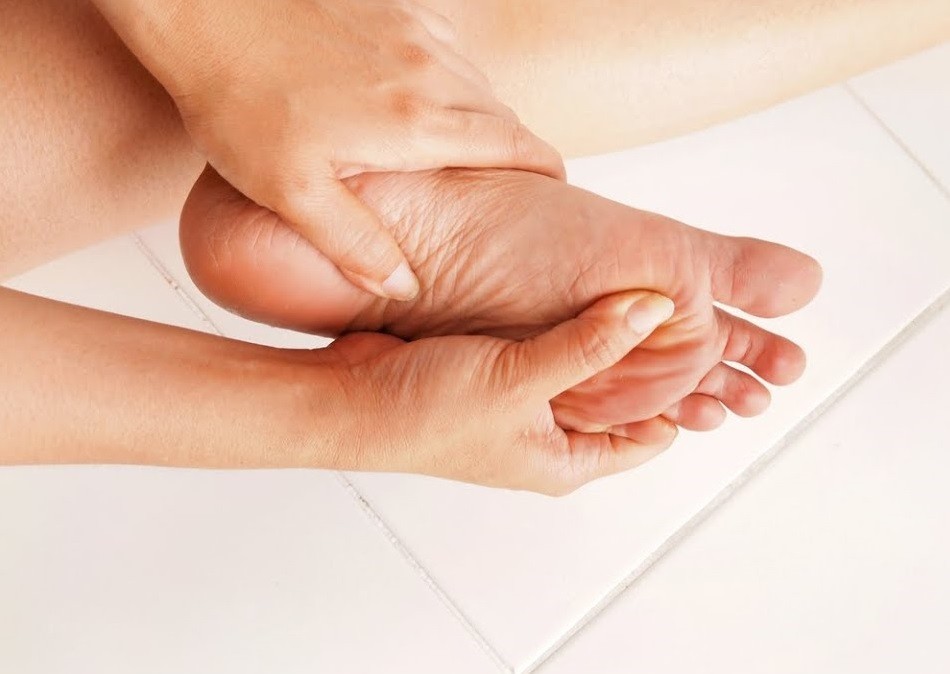
If you’ve ever asked yourself, “Does CBD cream work?”, then you’re not alone. In fact, it’s a question we get all the time at Quiet Monk. But what is this stuff, exactly? And are there any benefits to using it? Here’s everything you need to know about topical CBD and how it might be able to help relieve pain for those who suffer from chronic conditions or injuries:
Does topical CBD work for pain?
How does CBD work? CBD is an active cannabinoid that you can use topically. It can also be taken as a supplement, but we’ll focus on topical applications in this article. Topical CBD doesn’t have the same psychoactive effects that traditional marijuana has because it doesn’t enter your bloodstream through the lungs or digestive tract like other cannabinoids do. Instead, topical CBD is absorbed through the skin and enters body tissues where it acts directly on CB2 receptors—without disturbing your central nervous system or causing intoxication.
What does the research say about CBD’s potential for pain relief?

CBD has been shown to have anti-inflammatory properties, and there is evidence that it might work for pain. But more research is needed before we can say for sure.
In one small study in 2018, researchers gave a group of people with osteoarthritis knee pain either a placebo or CBD oil and found that those who received the CBD experienced a significant reduction in pain while walking compared to those who received the placebo. The participants also reported feeling less soreness after exercise than they did before taking any medication.
They also had significantly higher levels of anandamide — which is thought to temporarily relieve pain — after taking their medications as compared to before they took them.
A similar study yielded similar results: Researchers found that people with rheumatoid arthritis who took daily doses of 5 milligrams (mg) or 10 mg of oral cannabidiol (CBD) over six weeks experienced reduced morning stiffness by 50% when compared with patients who received placebos instead
How to use topical CBD
There are three ways to use topical CBD: apply once, apply twice daily, or apply three times daily. If you want to start with once-a-day application, try applying the cream at night before bedtime and see how you feel in the morning.

If your pain isn’t alleviated by topical CBD alone, try doubling up on applications during the day. This can also be effective for people who experience less pain when they’re asleep than when they’re awake (such as with fibromyalgia).
Finally, if neither of these approaches work for you, try using three times per day on an ongoing basis of at least 7 days until your condition improves. Because each person’s body chemistry is different, it may take some time before you find what works best for relieving your symptoms and mitigating side effects of other medications such as opiates or muscle relaxants.
Go here to see the 3 most requested CBD creams for foot pain
How Long Will It Take For Me To Feel The Effects?
Several factors can affect how long it takes for hemp cream or CBD to start working for pain relief. These include the method of delivery, dosage and potency, consistency of use, individual biological variations, and the quality of the CBD product. CBD is absorbed into the bloodstream within 20 minutes to 2 hours, depending on the method of delivery. Additionally, the amount of CBD taken and its potency can influence the onset of action, with higher doses potentially leading to quicker effects.
Consistency of use is also important, as some individuals may experience immediate effects, while for others, it might take a few weeks to notice the full benefits of CBD. Furthermore, individual biological variations, such as age, metabolism, and body weight, can impact the time it takes for CBD to work. Lastly, the quality of the CBD product and its bioavailability can also affect the onset of action. Therefore, it’s essential to consider these factors when using CBD for pain relief.
What people are saying about it
As with CBD oil, people who use cbd cream for pain say it’s worth a try. Some users have said that their pain has disappeared entirely, while others report that it helps tremendously. The jury is still out on how effective these creams are compared to other medications, but many claim they work better than other methods or non-medicinal options like massage therapy and acupuncture.
Conclusion
With all the anecdotal evidence we’ve seen so far, it’s clear that CBD cream is worth trying if you have chronic pain. However you should always check with your healthcare professional before using to make sure it is right for you since everyone has a unique situation.
